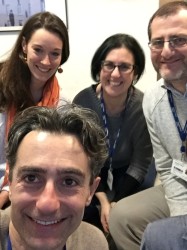BibTex format
@article{Kong:2020:10.1038/s42255-020-0252-3,
author = {Kong, G and Zhou, L and Serger, E and Palmisano, I and De, Virgiliis F and Hutson, TH and Mclachlan, E and Freiwald, A and La, Montanara P and Shkura, K and Puttagunta, R and Di, Giovanni S},
doi = {10.1038/s42255-020-0252-3},
journal = {Nature Metabolism},
pages = {918--933},
title = {AMPK controls the axonal regenerative ability of dorsal root ganglia sensory neurons after spinal cord injury.},
url = {http://dx.doi.org/10.1038/s42255-020-0252-3},
volume = {2},
year = {2020}
}

